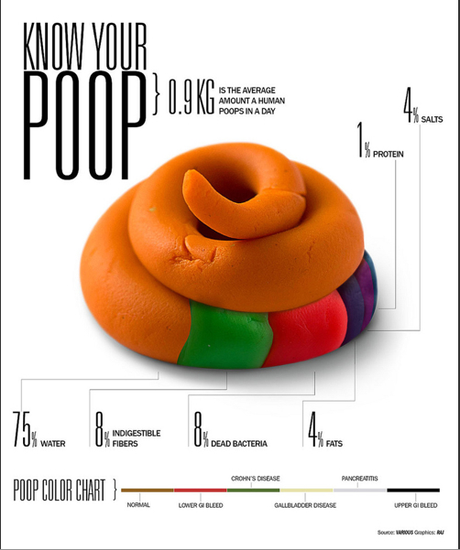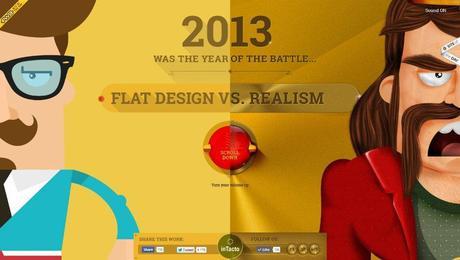Infographics have long been a reliable way to build viral traffic. They’re highly shareable, visually engaging and convey interesting information. Nonetheless, they’re hardly the only form of viral content, and some people seem to have forgotten that.
There are a number of viral content marketing strategies that can be used to garner traffic and attention. Viral content marking is focused on producing top-quality, engaging content that focuses on attracting a very wide audience. You’re not marketing only to your niche but rather to everyone. That’s why the content you post must have a broad base, something that will interest a woman in Hoboken, NJ, just as much as a man in Manchester, UK.
You have the best chance of doing that by going beyond the infographic and experimenting with other, new ways of reaching people. Try these approaches the next time you hope to send a post viral.
The Downside of Infographics

There are a lot of really bad infographics out there, too. These “infocrapics” are so easy to produce that many people have jumped on the infographic bandwagon, and they pump out poorly conceived, terribly illustrated and totally irrelevant infographics, hoping to gain traffic by hopping on a hot trend. However, a bad infographic can do more harm than good to your business. It can make you appear sloppy and out of touch, the kiss of death when it comes to marketing on the internet.
Plus, there are simply too many infographics out there to continue to get our attention. We’re so used to seeing infographics everywhere, from our Twitter and Facebook feeds to blogs to even mainstream publications like The New York Times, that we learn to ignore them. We develop a condition called “content fatigue,” where we stop noticing a certain type of content because we’ve seen similar forms so many times in so many places.
A smarter approach is to use one of these non-infographic approaches to building traffic. They are not so overused that people won’t overlook them, and they are equally capable of going viral.
Motion Graphics
Think of motion graphics as infographics on uppers. They’re essentially the video form of infographics, but they offer three things that an infographic lacks:
- An oral explanation of why the graphic is relevant
- Greater visual impact
- Wider interest in the format
About 60 percent of shoppers will watch a video about a product that’s for sale, reflecting just how engaging digital video is right now.

A motion graphic can be either static or animated. Which you choose probably depends on the information in your graphic, as both forms can be effective. For instance, a motion graphic about The Reveal of The 2015 Mustang by CJ Pony Parts relays information without animation but with some creative use of fonts and photography that effectively conveys information Mustang enthusiasts want to know about the car.
Interactive Stories
Another highly engaging form of content is interactive stories. By forcing the reader to click buttons, answer questions or even choose what happens next, you can get them extremely involved in the story. That increases the chance that they will want to share the experience with others by recommending the story on social media.
For example, the drug rehab center, Clarity Way, produced an interactive story about The Cost of Providing Drugs to the World. It provides information about what pills are most commonly used by Americans, how much they spend each year on prescriptions and how that compares to other countries. The story is engaging on two levels. It offers lots of information people probably did not know, but it’s also entirely up to them to navigate it, meaning they can go back to re-read information according to what interests them most.
Interactive Timelines
Interactive timelines are similar to interactive stories, in that they require a reader’s full engagement and invite them to click through the information. The difference is that the information is presented in a very specific order navigable by topic or time period. The novel presentation and the ability to pick and choose what things to learn more about increase the chances that the timeline will go viral, because people love to exert control over their content.

In addition, you can really get creative with this approach. For instance, the Guide to the App Galaxy presents four different steps in the development of an app, each one with smaller tabs allowing the user to explore aspects of the development experience. The developer is represented by a rocket ship, which flies up and down between each step depending on what’s being explored.
Games
We’re a nation of gamers, no doubt about it. Just look at the recent successes of free games like Flappy Bird and Candy Crush for the evidence; young or old, we’re all obsessed. To tap into this desire to play and learn, develop a game as part of your content marketing strategy. The best part about games is that people will come back to them again and again. You don’t just play a game once, you play it multiple times – a trait of great value when you’re trying to go viral.

Jumping on a hot topic can be a great theme for a game, such as the Flat Vs. Realism game that highlights the ongoing debate over the merits of flat design and skeuomorphic design. It’s fun, but it’s also an issue of interest to designers, ensuring they’ll share the game with their friends.
The bar is getting higher for viral content for sure. However, as these examples show, it’s still entirely possible to come up with great ideas that aren’t infographics.
Original Content by SEO Andy @ Beyond the Infographic: New Ways To Create Viral Content

